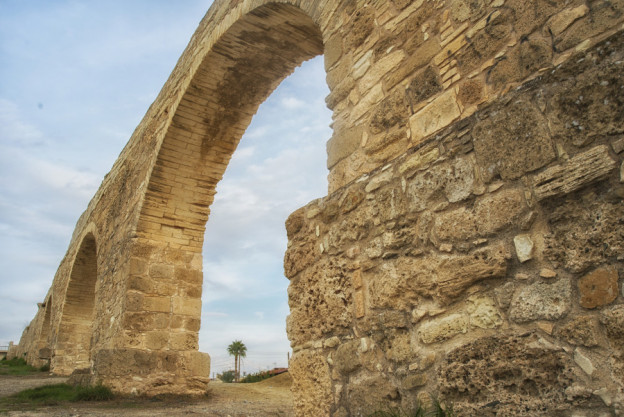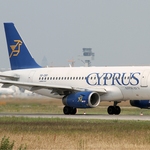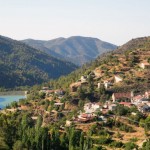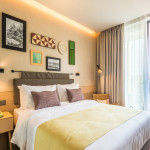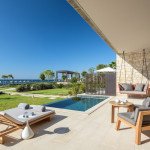Often overlooked as a Mediterranean tourist spot in favour of the likes of pretty Paphos, Judith Baker explores Larnaca’s attractions, from flamingos to shipwrecks and new boutique hotels.
It is late afternoon in Larnaca but still hot as I wait at the edge of Foukinodoes Beach with its medieval castle behind me and the long palm-lined promenade to my left. Then the dive boat pulls in. A group of figures in neoprene disembark and waddle towards me, their talk of turtles, barracuda, trumpetfish and nudibranchs. I also catch murmurs of the ‘captain’s car’ and ‘the bridge’.Larnaca is a well-known destination for scuba divers because of the wreck Zenobia, said to be one of the world’s best dive sites. The ill-fated roll on roll off Swedish ferry went down in 1980 on her maiden voyage and now rests on her port side. The cargo of over 100 lorries and trailers can still be seen as well as the captain’s Lada and his accommodation.
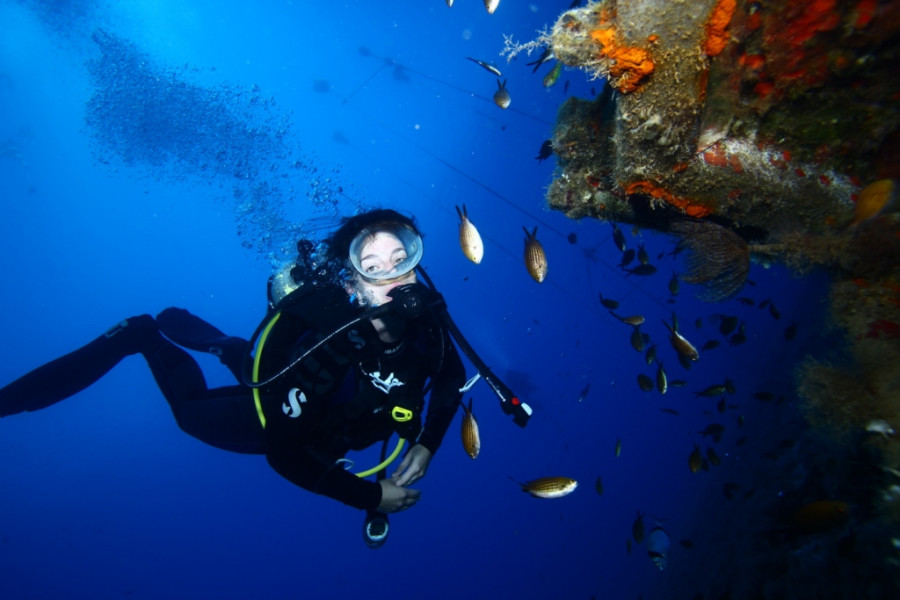
But apart from the diving community, Larnaca has never attracted the mass tourism enjoyed by other parts of Cyprus. It is not as pretty or as commercial. But that looks set to change as the city develops at a rapid rate while still retaining its authentic Cypriot character.
Standing outside the 9th-century church of St Lazarus, the man who Jesus is said to have raised from the dead, I take in not just the charming old square and the cafes, but the cranes and diggers that loom behind it. Like Lazarus, the city itself is being given a new lease of life.
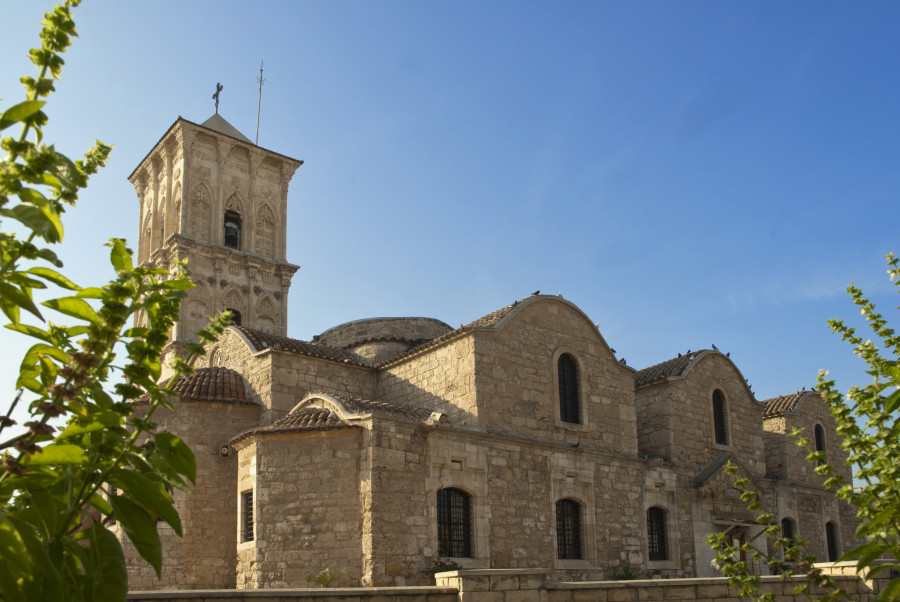
Building work is happening all over the city, from the €2 billion marina at one end to a wealth of new top-end hotels and modern apartments at the other. Hopefully, the investment will bring visitors to discover what Larnaca has to offer as both a city and a beach destination. Stylish new hotels are already open, such as the chic Hotel Indigo in the old quarter.
History
The Greek Orthodox church of St Lazarus which sits on the tomb of the saint has a well preserved interior and lovely hand-carved wooden furniture and gorgeous religious icons. Tours take place throughout the week and a small museum is housed next to the church with important religious icons, relics and artefacts.
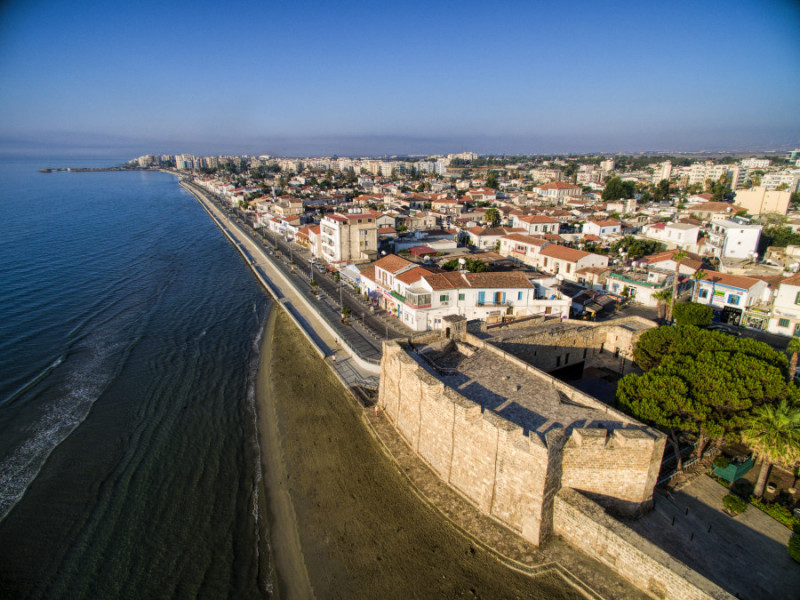
Larnaca castle or Fort was built during the Middle Ages and took its present form during Ottoman Rule. After this, the British converted it into a prison during their first years of rule here and the gallows were in use until 1948.
Museums include the Pierides, the oldest private museum in Cyprus, housed in the ancestral Pierdes family home. It has a collection assembled by the family including objects from 4000BC to modern sculptures in the courtyard.
Salt Lake
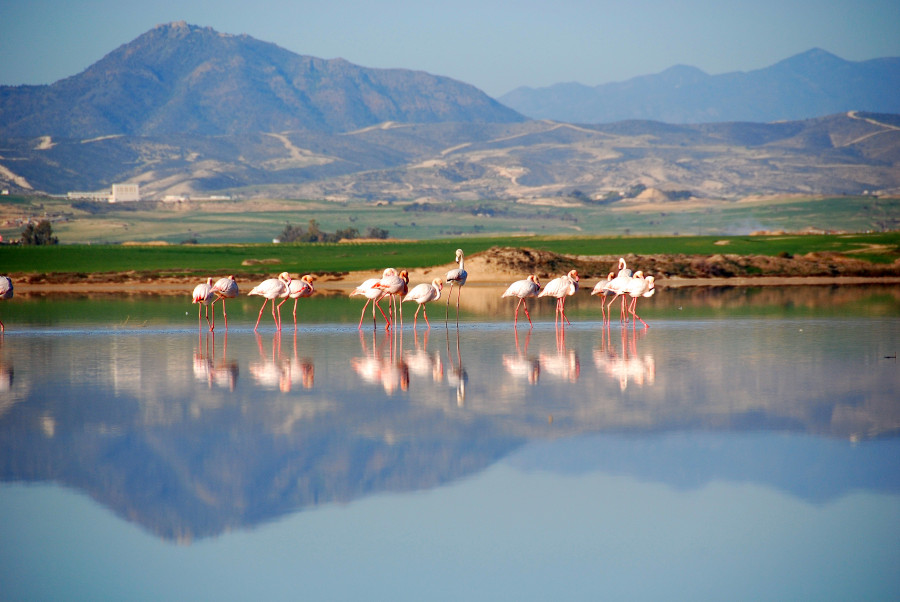
Larnaca’s salt lake is the second largest salt lake in Cyprus, south-east of the town. During the winter the lake fills with water and is home to thousands of flamingoes that stay from November to March. Archaeological finds indicate that the surrounding area and the nearby mosque have been inhabited since the 2nd century BC There is a well signposted 4km nature trail through the area which leads to the old aqueduct of Kamares.
Beaches
Foinikoudes Beach is Larnaca’s famous palm-lined promenade which is great for sunbathing, swimming and especially people watching
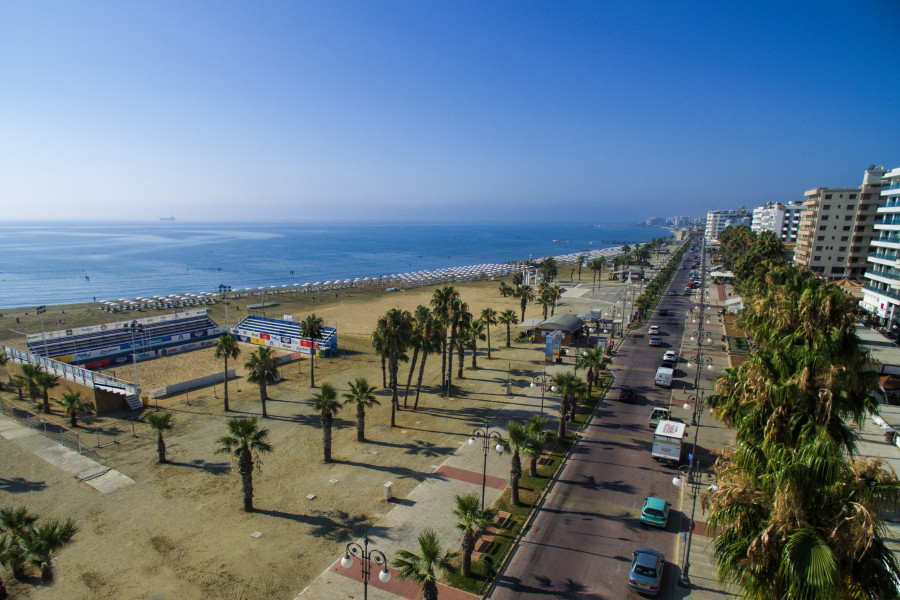
McKenzie Beach is smaller but a popular spot with families and swimmers. The sand here is golden and clean and all beaches are surrounded by food outlets. Sunbeds and parasols can be hired and lifeguards are very much in evidence.
Restaurants
Larnaca has hundreds of great places to eat and drink, from toes in the sand beach bars and simple kebab huts to stylish fish restaurants and chic cocktail bars. My favourites are those where you sit close to the crashing waves, such as Militzis on Piale Pasha Street. A short walk from the fort, here you can enjoy fresh grilled fish and meats on the terrace. Bars include the magical Secret Garden with its hidden courtyard and delicious cocktails or the Art Café which has some quirky antiques and a bohemian atmosphere. But many of the lively venues in the heart of the city have good food and drink and are great value for money.
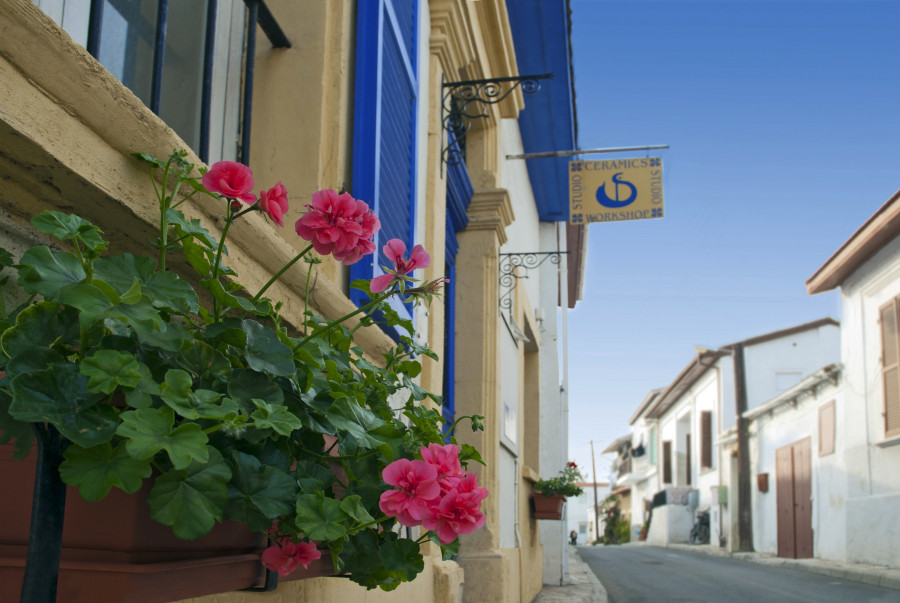
Outside town, agro-tourism experiences can be found in the Larnaca region, especially in the mountains. Villages such as Lefkara have a tradition of making delicate filigree silverware and lace.
Accommodation is available in some of the old stone houses where visitors can meet local people, cycle through the countryside and discover the flora and fauna of an undiscovered part of the Mediterranean.
Back in town, I find some of the crafts to buy in some of the many shopping areas, as well as stunning icons and good local produce such as honey and oil to take home as small gifts
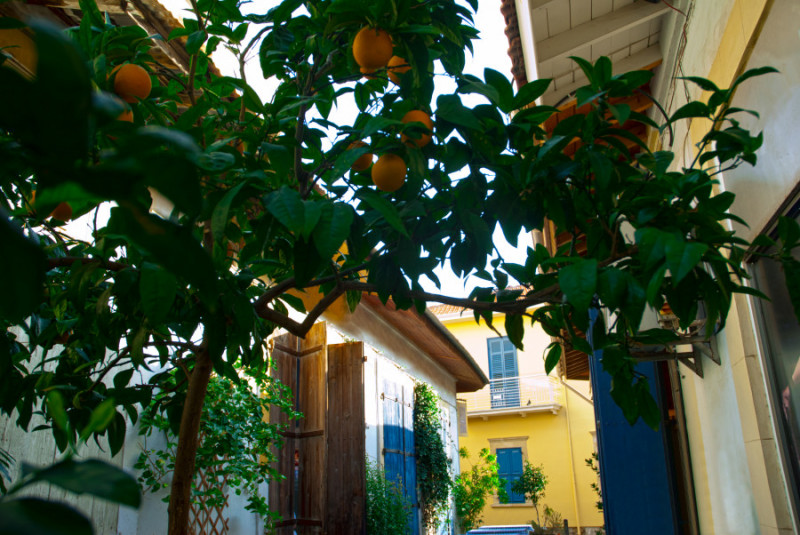
The narrow shopping streets of the city do not at first glance seem ideal for social distancing, but everyone seems to find a way. Cyprus is very strict on COVID regulations and you can be fined on the spot for not wearing a mask, for example. UK visitors are required to have a negative COVID test taken 72 hours before flying, but at the time of writing, there were no quarantine restrictions.
With a great climate and plenty of open spaces, the overlooked city of Larnaca could develop into one of the Mediterranean’s top destinations in years to come for those looking above and below the water.
Tell Me More About Visiting Larnaca
British Airways, EasyJet and Jet2 fly to Larnaca from London Heathrow and regional UK airports
Where to stay: Hotel Indigo
Time: GMT+2
Climate: April May and November are the best months to visit with temperatures between 20-25 Celsius. Summer months can be very hot.

